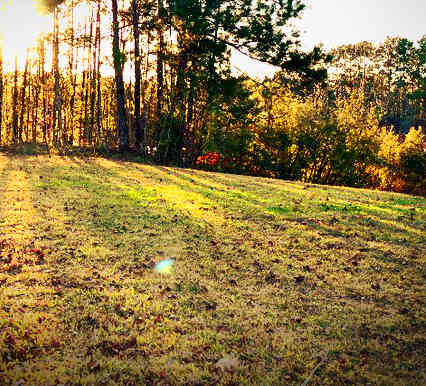 A new study from the Lighting Research Center (LRC) at Rensselaer Polytechnic Institute lays the foundation for the importance of tailored light exposures as a viable treatment option for the reduction of sleep disturbances in older adults and those with ADRD.
A new study from the Lighting Research Center (LRC) at Rensselaer Polytechnic Institute lays the foundation for the importance of tailored light exposures as a viable treatment option for the reduction of sleep disturbances in older adults and those with ADRD.
Individuals with Alzheimer’s disease and related dementias (ADRD) often sleep during the day and are awake at night. The situation can turn life-threatening if they leave their homes and wander around outside. This irregular sleep schedule and night wandering, and the consequent burden on their caretakers, is a primary reason individuals with ADRD are placed in more-controlled environments such as nursing homes. A new study from the Lighting Research Center (LRC) at Rensselaer Polytechnic Institute lays the foundation for the importance of tailored light exposures as a viable treatment option for the reduction of sleep disturbances in older adults and those with ADRD.
Funded by a R01 grant from the National Institute on Aging (NIA), the study is the first to collect circadian light exposures in individuals with ADRD. Results of the quantitative study show that individuals with ADRD experienced lower light levels, exhibited lower activity levels, and had greater disruption to their natural circadian rhythms than healthy older adults. The findings also show that people with ADRD experience lower levels of light exposure and greater levels of circadian disruption during the winter.
“We used light/dark and activity/rest patterns to assess circadian disruption and our results are consistent with previous studies. However, this is the first field study to examine the synchrony between the circadian light pattern and the activity response pattern to assess circadian disruption,” said Mariana Figueiro, associate professor at Rensselaer and director of the Light and Health Program at the LRC, who led the study. “Measurements revealed that those with ADRD experienced more circadian disruption than healthy older adults.”
Thanks to #FSG_Indy for sharing this article. Follow FSG_Indy on Twitter!
